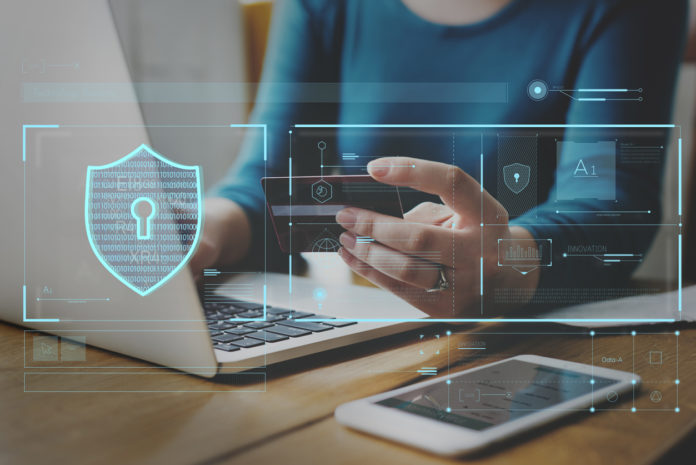Whether you like it or not, the threat of viruses and malware is real. These malicious elements easily exploit security flaws on your machines, stealing your personal information or slowing down performance, and eventually render your system unable to operate. Nonetheless, when you have adequate awareness and the right tools, you can effectively protect your devices and eradicate these digital pests. In this comprehensive guide, we will delve into details of how to remove virus and malware in a way your precious data is saved. We will also provide you with expert insights to help keep your devices secure.
Before getting into virus removal techniques, it is imperative that we have a basic idea about viruses and malware. Viruses are malicious codes that propagate other viruses and travel from one computer to another by themselves, sometimes disguising themselves as legitimate files or software. Malware generally represents the umbrella term for a group of malicious programs that aim to invade and damage computers systems. This group covers viruses, spyware, adware and ransomware.
Signs of Virus / Malware Infection:
Troubleshooting virus or malware attacks requires beginning with the early stages of detection. For instance when your device takes an unusually long time getting things done, it can be one of the signs that a malware is trying to hog the system resources. Similarly, frequent pop-up ads running on your screen, especially when you do not browse the Internet, may suggest that your device has already been infected with adware.
Other events, such as unsolicited actions from your device like default pages modification or new browser toolbars insertion may signify the presence of malware. So, if you observe any such behavior, or your antivirus software or operating system has raised an alert related to a potential threat or breach, then appropriate steps should be taken to examine it further.
Safe Removal Techniques:
When removing viruses and malware, one must be extremely cautious to not inadvertently inflict more harm to your device. Here are some safe and effective techniques:
Use Antivirus Software: Invest in a reliable antivirus software package and keep it up-to-date on timely basis. Run system scans in full mode once in a while to detect and eradicate any malicious program.
Boot into Safe Mode: Booting into Safe Mode disables most of the installed third-party programs, including the malware. Thus, you will be able to run deep virus scans and successfully remove dangerous programs in a more effective manner.
Utilize Removal Tools: Most of the antivirus companies provide various types of tools which are able to specifically remove a particular group of malware. Such software eliminates persistent infections that show the tendency to escape from the notice of standard antivirus solutions.
Manually Remove Suspicious Programs: Take a defensive approach by manually removing any suspicious programs or browser extensions from your device. When deleting files, beware and make sure you are not removing essential files that are needed by the system.
Update Software and Operating System: Keep your software and operating system up-to-date by installing the latest security patches and updates. The existence of flaws or vulnerabilities in outdated software can be used as a way for malicious software to gain entry into your device.
Picking the Perfect Antivirus Program
Picking the best antivirus is the key to leveraging the protection of your device against virus and malware. Given that there is a huge number of free and paid software options on the market, you need to consider several factors to choose the best one that meets your individual needs.
The first step is to evaluate and determine the level of protection you desire. Do you just need the basic technology to detect malware, or are you a heavy user and concerned about the lack of comprehensive security features for business or sensitive data protection? Knowing your needs will make your choice clear.
Different antivirus software will have different features and capabilities. Assess if you need advanced features such as a firewall, ransomware protection, or secure browsing tools. Alternatively, you can use something like the Bitdefender scam detector, a free chatbot that helps you identify all kinds of scams that you may have come in contact with. Always make sure you use software products from brands that you can trust and that have a good track record in cybersecurity. It also is worth exploring software programs that are constantly rated highly and get only positive reviews from AV-Test, AV-Comparatives, and others.
Lastly, opt for antivirus software which offers real-time protection against emerging threats. Real-time scanning constantly checks your system for infiltration and immediately warns you any time it detects a potential threat. This way, it ensures that malware infections can be stopped before they interact with your system to cause harm.
Preventative Measures:
While knowing how to remove viruses and malware is essential, preventing infections in the first place is equally crucial. Here are some preventative measures to safeguard your devices:
- Do not visit suspicious sites and do not click on unrecognized links since that can often result in a malware infection.
- Beware of email attachments from unknown senders, as they could contain malware. Additionally, always files and programs only from reliable sources.
- Activate firewall in your device to stop unauthorized access and to prevent malicious software from infiltrating your system.
- Periodically save your important files and documents on storage media such as an external hard drive or a cloud-based backup service. This way, in the event of a malware attack, you can restore your data without losing valuable information.
Viruses and malware threats are consistently evolving. Thus, staying alert and safeguarding against these threats is critical. By identifying the signs of an infection and applying protective measures, you can keep your devices and data safe. Remember, “An ounce of prevention is worth a pound of cure”. So, stay updated, stay vigilant, and stay cautious.










